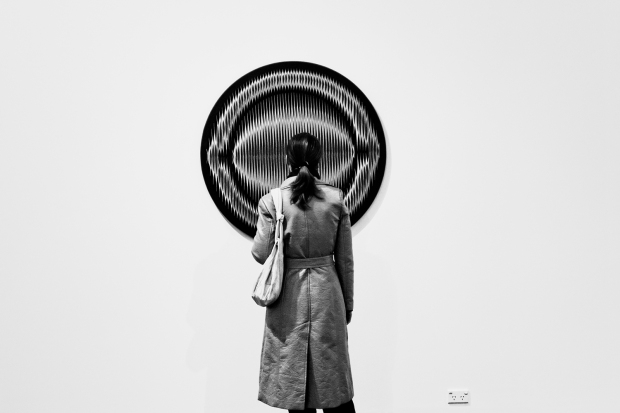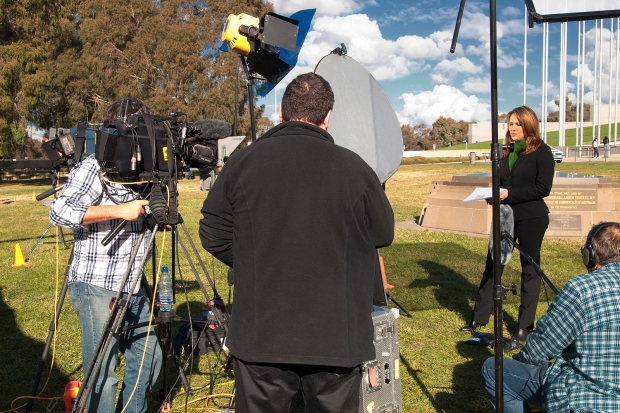The Olympus E-P2 is better than the Leica M8 … at least for me.
A good friend of mine loaned me a Leica M8 body recently (many thanks, Zoran!) with an eye to a sale, as I had a hunger to go Leica digital as I have a few nice old rangefinder lenses hanging about. This hunger arose and then intensified as I have been having more success with my Olympus E-P2 than I usually enjoy with my Canon 5D outfit for more candid and intimate shots, and I guess I thought that the M8 body might confer a bit more of the old Leica magick on me if I had one.
To get ready for it, I sold off a wad of kit that I owned but never used, and now it has gone I know I didn’t actually want (let alone need) either. This included a FujiFilm S3 Pro DSLR, a Canon G10, and some other digital paperweights. Don’t get me wrong – in the right hands, these are serious tools capable of great work, it’s just that my hands were not the right ones. This was a Good Thing. No-one wanted to buy my old Tamron Adaptall zooms and Pentax Takumar primes either, so I still have them. This outcome was also a Good Thing.
I used the Leica for a couple of weeks in parallel with my E-P2 “Pen” that I also have been using as a mount for old glass. Before I confer my decision, I must confess that I own and occasionally use a beautiful chrome M6, so I know what a camera fitted with the famous red dot can do in the right circumstances. Notwithstanding my love of my film M6 (note that I have also owned and used an M5 and loved it too), I just couldn’t get the M8 to feel right and work with me as I have done with it’s film-based brethren.
The M8 is a beautiful tool – hand made and handsome in a most purposeful way – that can excel as only a rangefinder can with the right eyes and brain behind it. It seems that I am not one of those appropriately equipped to delight in the M8 experience. Here’s why:
- It’s too heavy.
- I hate the viewfinder – the framelines are worthless, and the 0.68 magnification factor – optimised for longer lenses, just what you don’t need on a crop sensor body – is not nice when you have been used to a classic M6 with the standard finder magnification of 0.72.
- I had issues with the rangefinder leading to consistently out-of-focus images with a properly calibrated modern Summicron 50mm, if you can believe it.
- I was worried about its worth and felt as though every eye was on me – this is the opposite experience most people report about using a discrete black dumb-looking rangefinder.
- Now I have discovered the value of family video, the M8 can’t actually shoot any.
- The in-camera JPEGs are horrible, although the DNG RAW files are as industry-standard as you can get.
- Because of the excessive inbuilt IR sensitivity, you really do need to invest in IR cut filters for each lens you use, and they are expensive.
There are some good M8 things as well:
- It’s so cool.
- You can use any of the fantastic glass made for a Leica over the past 80 years by Zeiss, Canon, Voigtlander, and yes, even by Leica. It’s all fabulous, and you can pick and choose the rendering intent you are seeking.
- It’s low-light noise performance, although not as good as the Canon 5D, is pretty darn good, and better than the Pen’s. The sensor is nearly APS-H size (but not quite), which is more than double the area of the micro 4/3 standard sensor real estate.
- Did I already say it’s cool?
On the other hand, my creativity with old glass has been recently unmatched by my use of the Pen. I believe that I have recently taken some of the best shots of my 47 years of having access to and using a camera (I started when I was 7 with a Box Brownie) on the Pen. Here’s why:
- It’s so cool.
- It’s small and relatively lightweight.
- I have a huge choice of glass – with just 2 adapters that cost $25 each, I can use any screw or bayonet mount lens ever designed for the Leica rangefinder family, or any of the almost limitless array of glass built on the M42 / Pentax screw mount. Oh, and don’t forget the modern M4/3 glass from Olympus, Leica, Panasonic, Voigtlander or some of the boutique glass factory products designed to fit M4/3 cameras too. And just like with the M8, you can pick and choose the rendering intent you are seeking by your choice of lens.
- When I use old glass, because of the M4/2 two-times crop factor the sensor sees only the prime middle section of the chosen lens’s image circle – goodbye soft corners, farewell vignettes.
- The Pen’s optional electronic viewfinder (VF-2) is amazing, in that with its 1.15 times magnification you can actually see and compose the picture even in low light with the camera pressed up against your face, just like we all used to do until optical viewfinders were cruelly snatched away from us at the dawn of the digital age, and not replaced in order just to save a few bucks in build costs. You can also examine the effects of your chosen aperture on the depth of field. A side benefit of the VF-2 finder is that at least with some lenses, keeping both eyes open results in a most unusual 3D view of the scene you are shooting.
- This face-stabilised mode allows for sharp images as the camera wobbles about far less than when held at arm’s length like every other digital P&S wonder on the planet does without a viewfinder.
- It has sensor-stabilisation available for every lens that you can fit, making otherwise shaky images possible in low light.
- The JPEGs it makes automatically are far and away better than the Leica’s by a country mile. The RAW images are of course every bit as good for raw material as the DNG varieties that the M8 creates.
- The colour performance and white balance is better than the M8.
- The low-light performance, although not as good as the M8, is pretty darn good, and vastly better than any point-and-shoot can do, because although not offering any more resolution, the sensor is 9 times bigger (225 mm2 vs 25 mm2) than the 1 /2.5 “ sensor in the typical 12 mpix auto-everything Canon/Nikon/Samsung/Pentax and, yes, Olympus offering.
- It’s a fantastic video camera, especially when fitted with old glass.
It’s not all rosy, however – now for the bad Pen issues that have impacted me
- The autofocus with a modern M4/3 lens is slow compared to a DSLR (however it kills the M8’s, which has none at all anyway).
- The crop factor is 2 times, making your old 50mm a short telephoto, and thereby automatically making very wide angle lenses very expensive. The M8’s crop is only 1.3 times, which is far more useful (to me at least).
- It’s so cool especially fitted with an old lens, that people stop you to ask “what camera is it”?
I find that my creativity, especially with people, portraits and candids, soars with the Pen (compared to using but primarily worrying about protecting the M8 because of its cost) especially when it is fitted with a quality old fashioned manual-everything lens. My current favourites are the 50 year old Canon 50mm f1.2 LTM light bucket, and the fabulous Voigtlander Ultron 28mm f2 M mount lens, my new “standard”.
My percentage of keepers is massively higher from the Pen than from the M8. On this basis alone, I am prepared to accept the two compromise areas I don’t really like about the Pen – the crop ratio, and the low light noise performance. Simply put, a successful keeper is infinitely better than and preferable to an out-of-focus or missed shot to me…
If I want really wide or super low light quality, well I just use the Canon 5D instead. It’s horses for courses, I guess. So, I’m staying with the Pen as my choice for a small, super-high-quality unit to use when the Canon 5D is just too big.
Oh, and I have just saved wasting $2500 on a dream that would not deliver for me, too. Just don’t hate me for being a heretic
















